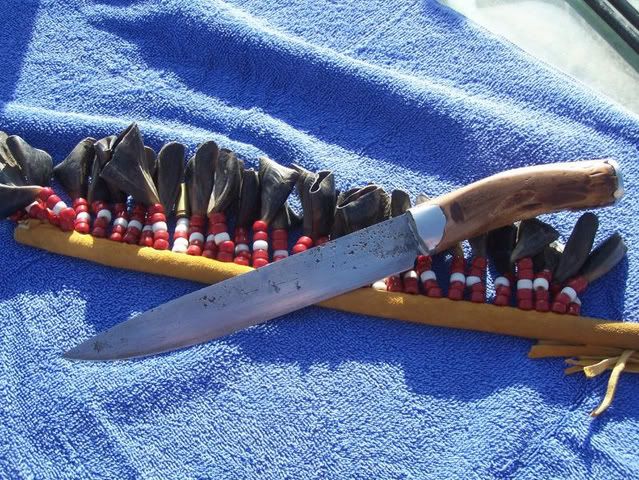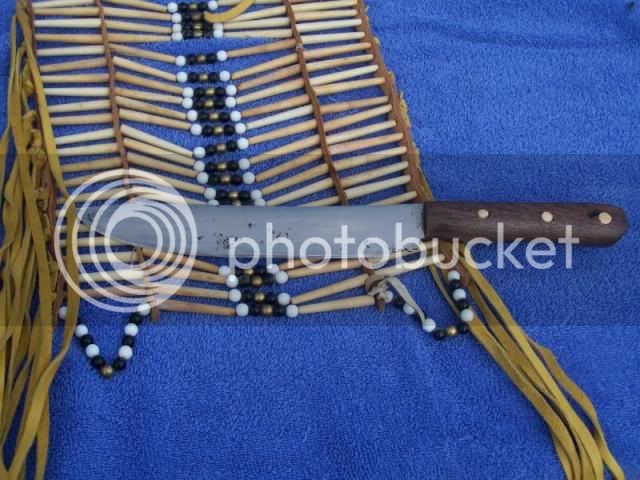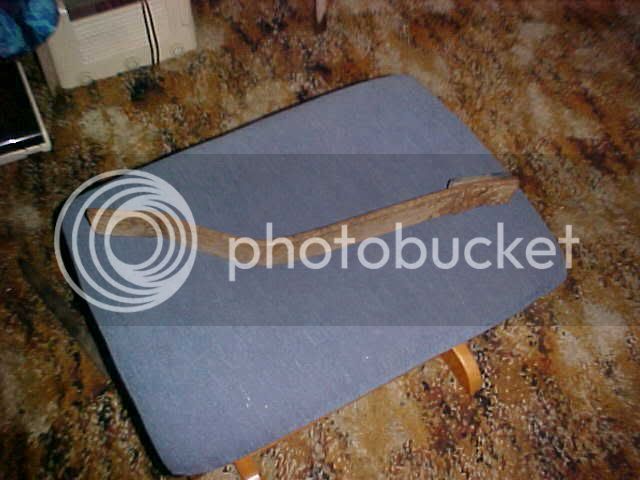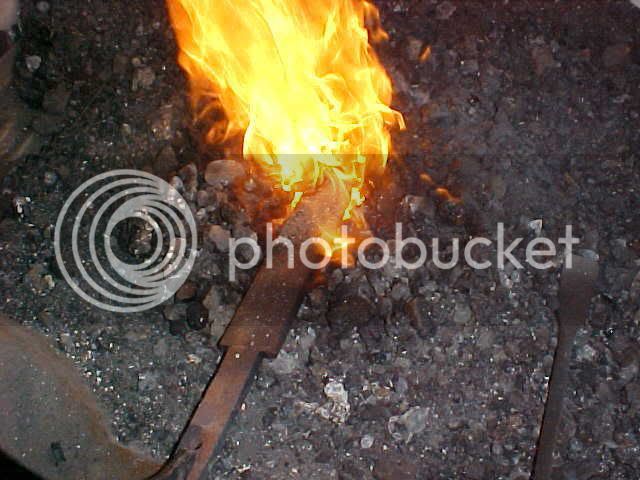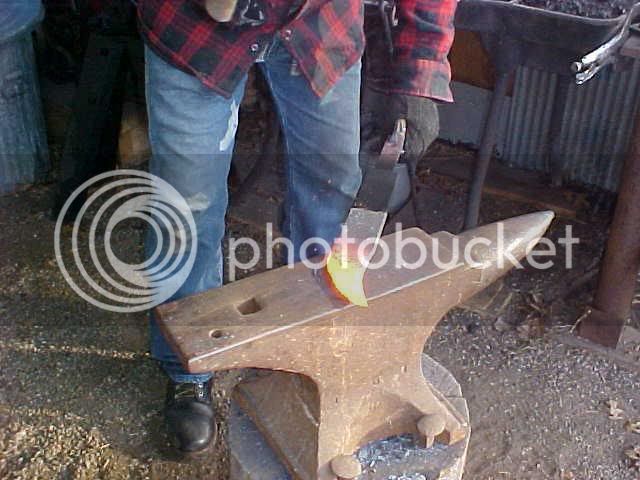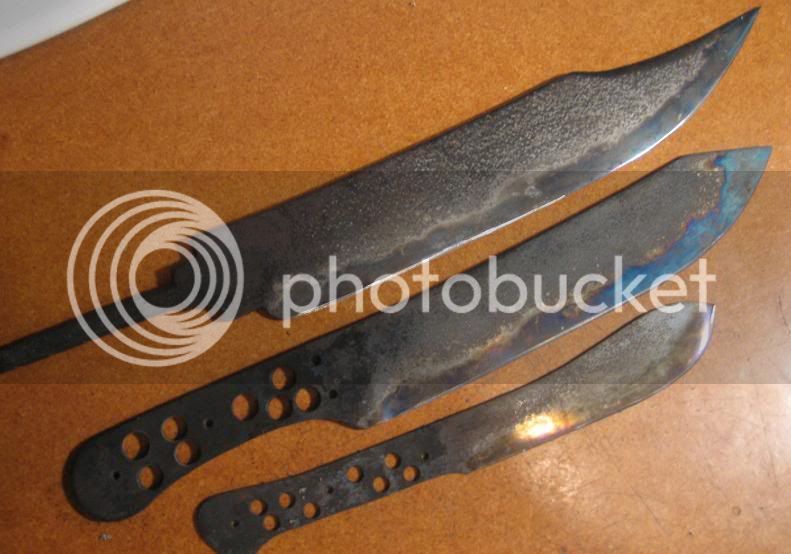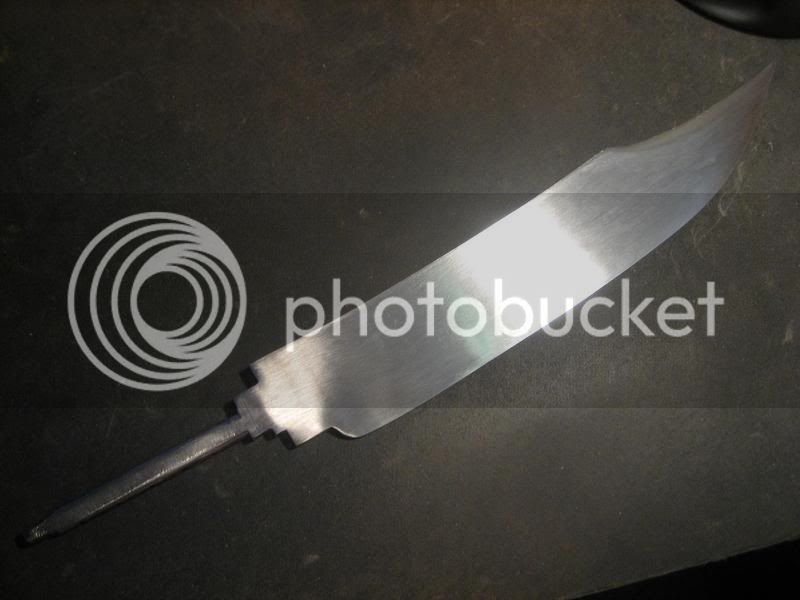That 3/8" truck spring is twice as thick as you ever would want to make a Bowie knife blade. I used a Pre-WWII truck spring that was 3/16" thick, and it was too much metal.( I still have it). I would not worry about "memory". That is more myth than reality.
The metal has to be annealed before working it. Stock removal is done with saws, grindstones, and files. As the old saying goes, " You remove everything that doesn't look like a Bowie Knife--- and what you have left IS a Bowie Knife!"
Hardening such a large piece of metal does take some care, and the correctly sized equipment. If you don't have a gas furnace to do this, you might want to have this work done by someone who does. I believe someone mentioned that one of the suppliers offers such a service to knife makers. Tempering is even a more important aspect to this work.
My first knife was a Bowie Knife. I was 12 years old, and of course, had to have the Biggest Knife I could imagine. Some of the Bowie Movies were out about then, so that is what I wanted. After I made it, I didn't like my design of either the hilt( hand guard) or the handle. A few years later, I took those off and reshaped them, and put a new handle on the knife. I liked it much better. Unfortunately, I thought my machine shop teacher knew something about hardening and tempering steel, and he didn't. He thought he did, but then he thought Hardening and Tempering were the same thing. He ended up hardening the blade, but didn't temper it. I still have it, and someday I will take the handle off and temper the blade properly.
It is a huge, and very heavy knife to carry around. I began with a sheath that hung from the belt, and it bruised my hip and thigh walking around with it, not to mention all the pulling on my pants it did!
The last time I carried it in public, I used a sheath I had made for my throwing knife, which rides much higher, on the belt, and across my waist. The knife was better displayed, and rode better.
Its still too darn heavy.
I would rather carry a smaller, lighter knife for cutting and slicing, and a small axe for chopping work.
If you are building a knife for social work, there are better knives with long blades, that are only about 1" across, and not more than 3/32" thick that make much better knives for those purposes. Remember that the "fighting " knife evolved out of the short sword, not out of the fighting axe!




